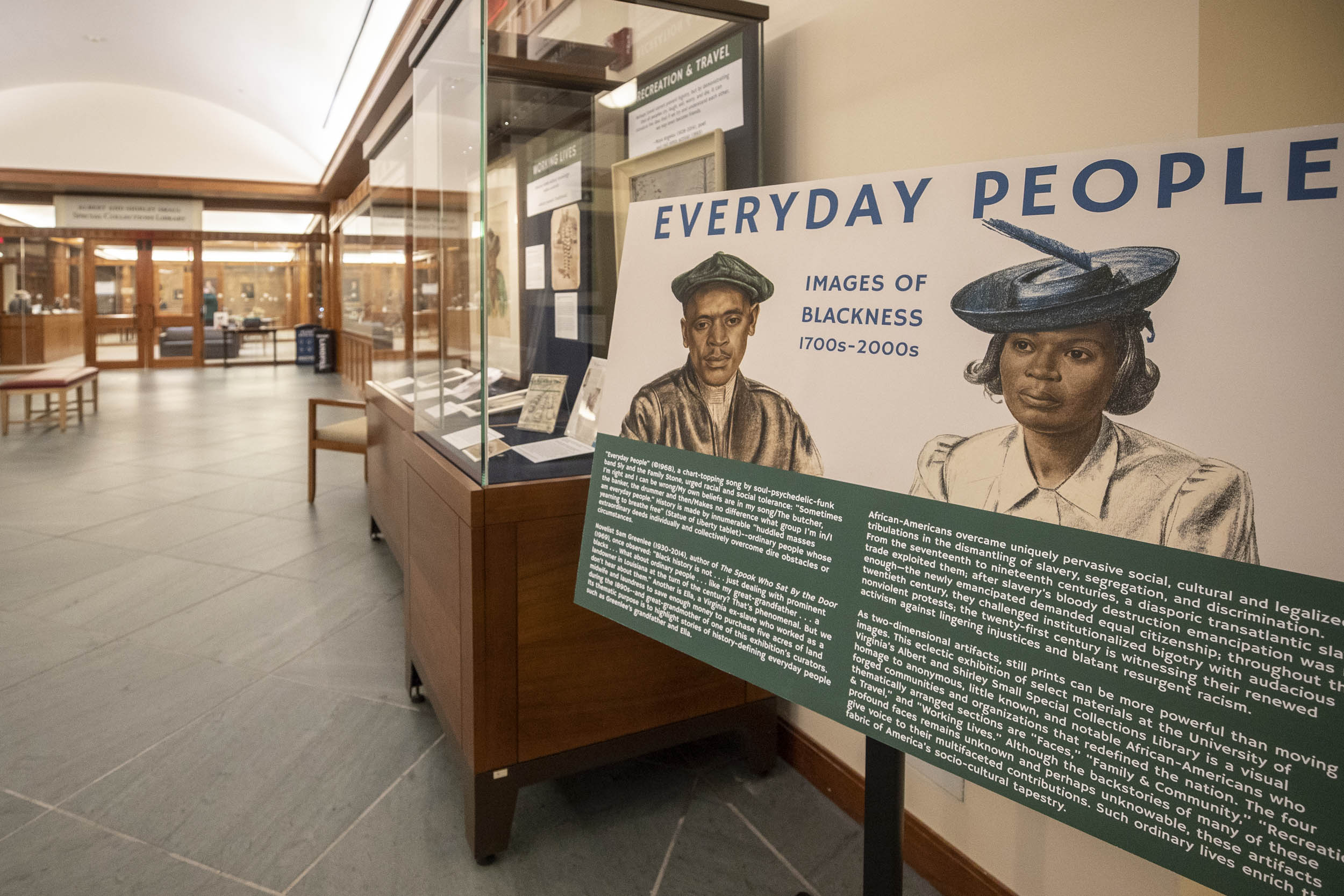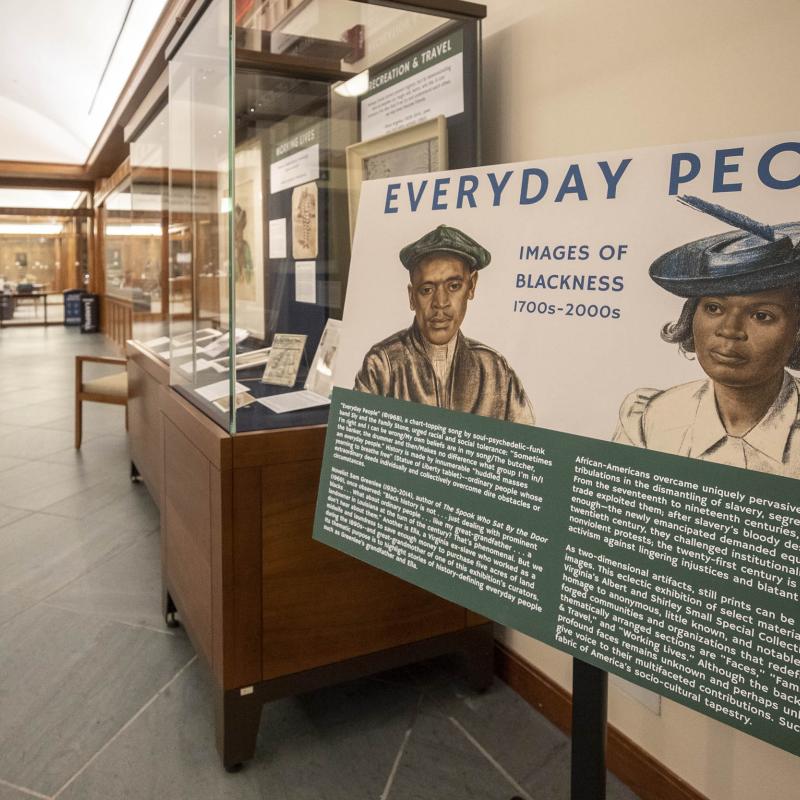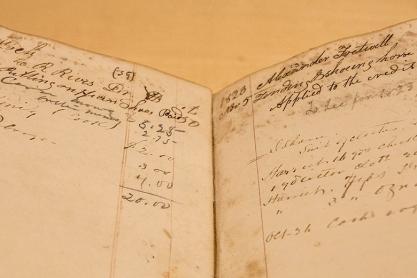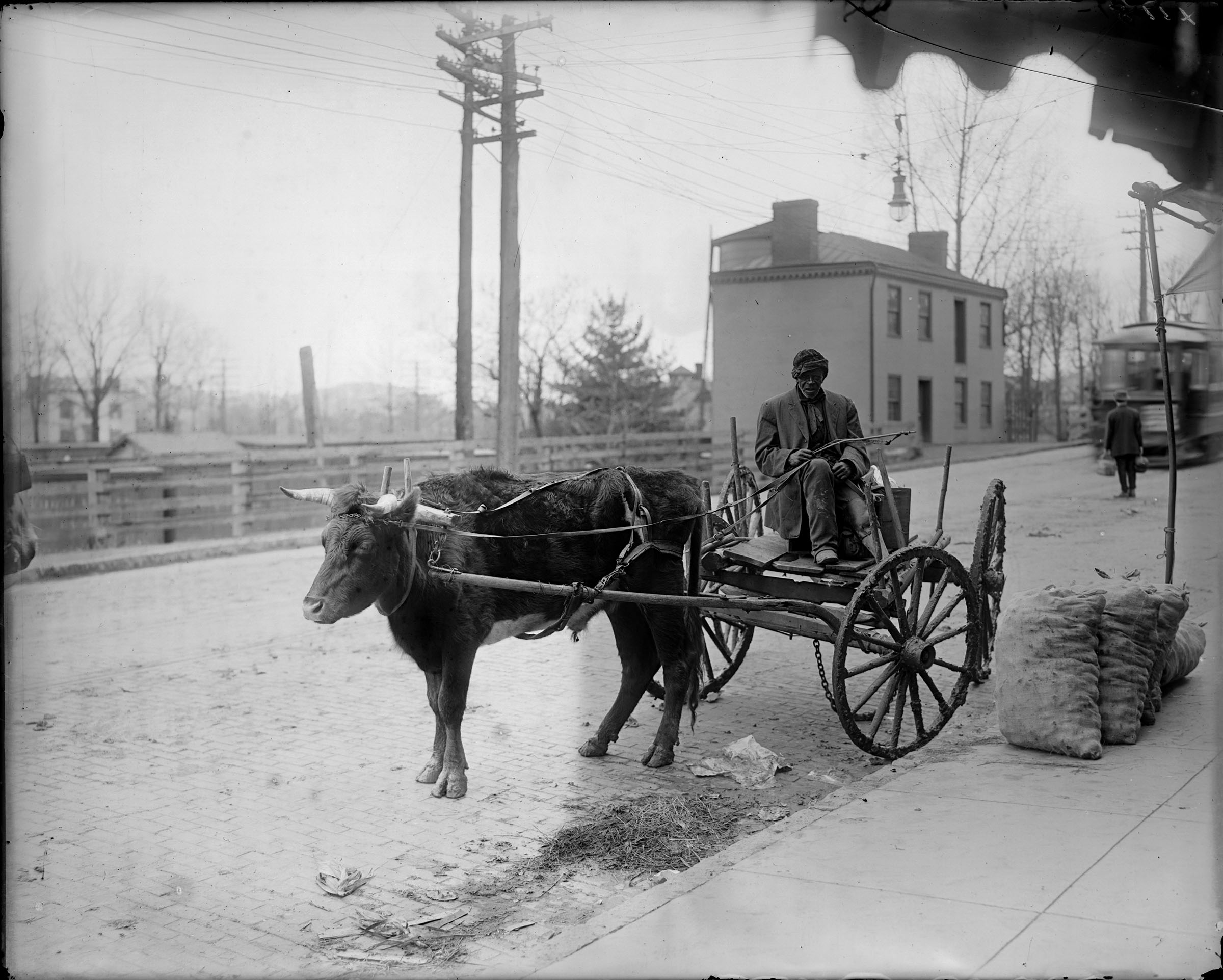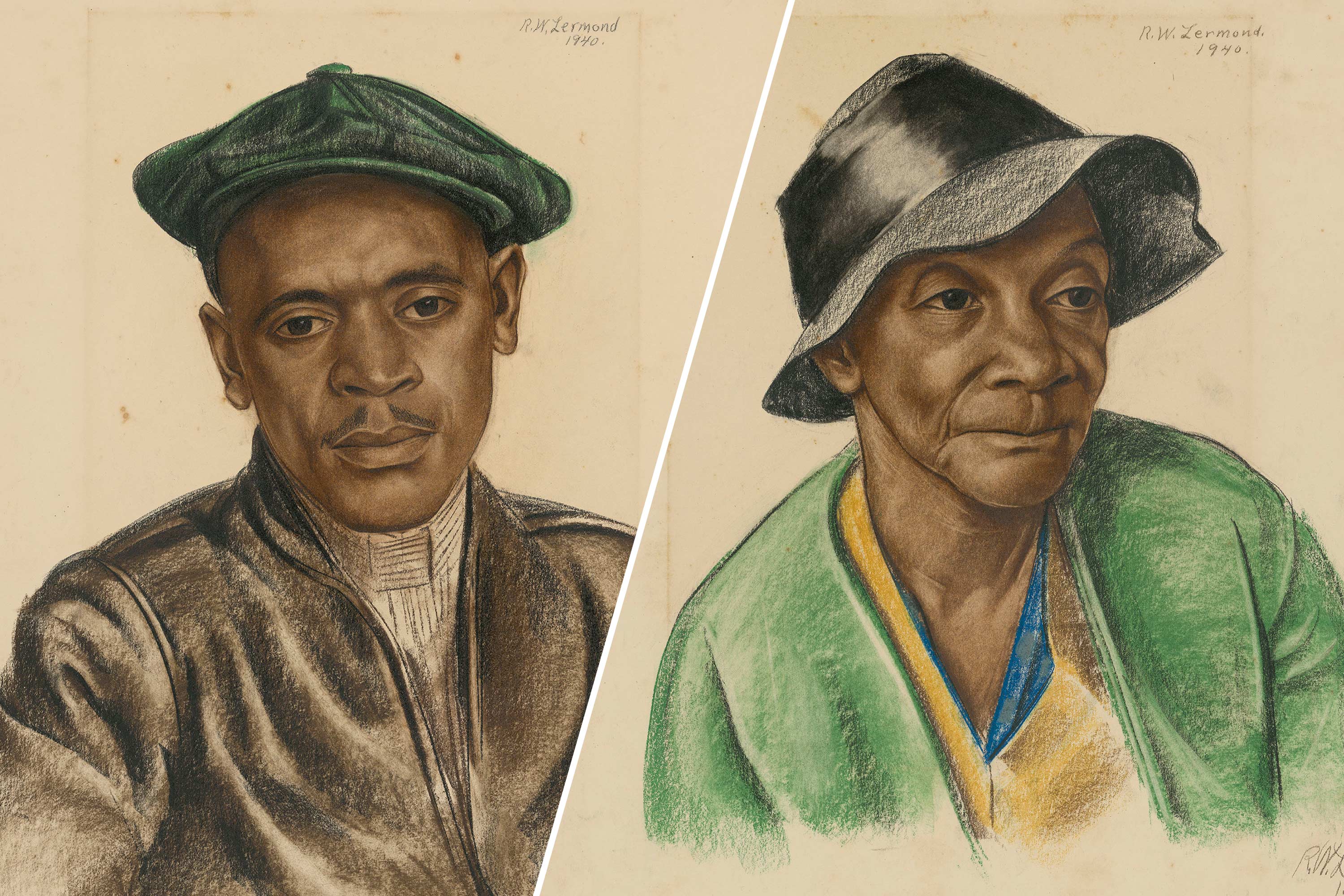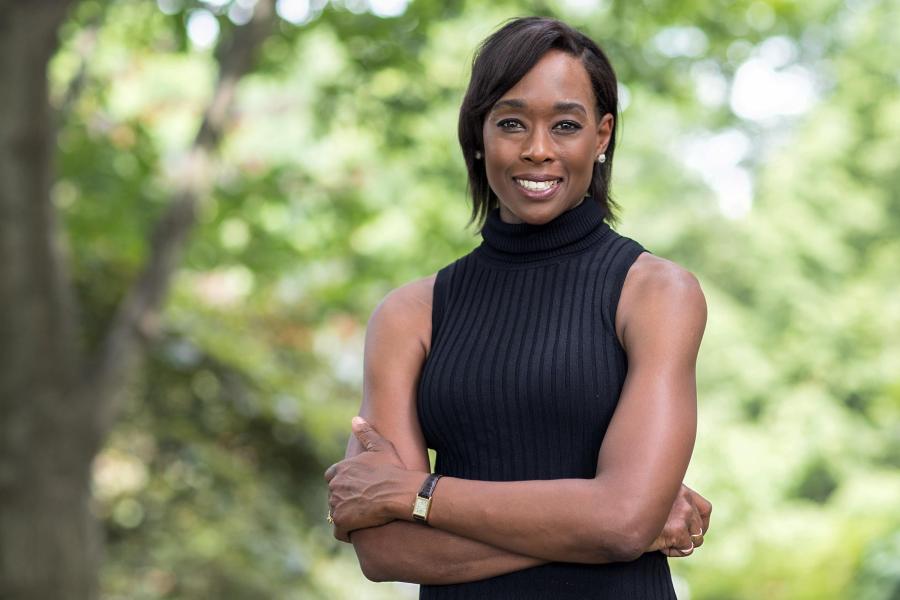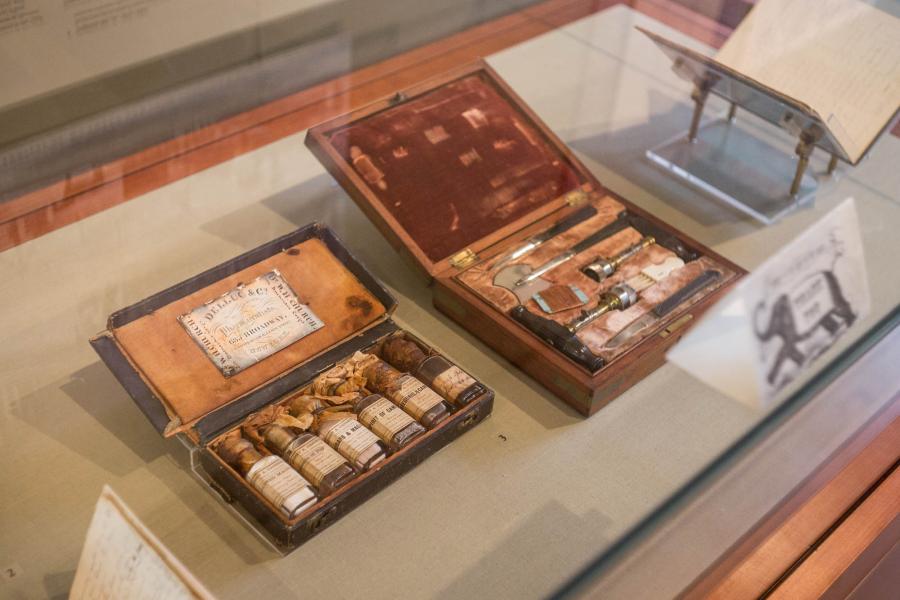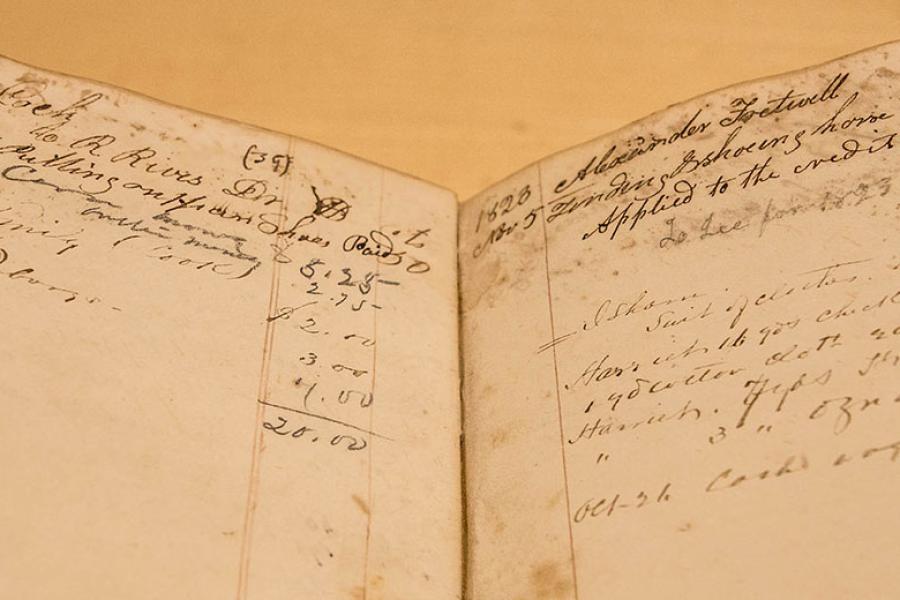Though no photo of Ella remains, other images in the exhibition feature men and women like her.
They include a laundress referred to as “Ms. Hattie,” a chauffeur, the anonymous man in the ox-drawn cart, brides and bridegrooms captured on their wedding day. Soldiers returning from the front. Men and women, going about their everyday lives.
There is even a photo of two unknown UVA alumni, coming together for a reunion years after graduation.
“Many Black History Month exhibits feature famous African-Americans. There is nothing wrong with that, but I wanted this exhibit to be different, to feature everyday people,” Jordan said.
He was inspired by a 1969 song, “Everyday People,” by soul music group Sly and the Family Stone, with lyrics including:
“The butcher, the banker, the drummer and then/Makes no difference what group I’m in/I am everyday people,” and “I am no better and neither are you/We are the same whatever we do/You love me, you hate me, you know me and then/You can’t figure out the bag I’m in.”
“Some of these people did extraordinary things, but most of them, we don’t know their names and probably never will,” Ervin said. “Still, these faces are poignant, they are powerful, they are strong. They tell a story.”
The "Everyday People: Images of Blackness, 1700s - 2000s" exhibition will be on display on the first floor of UVA's Albert and Shirley Small Special Collections Library through April 20. The exhibition is free and open to the public.
